In this review, we take a look at the popular Tamron 70-180mm f/2.8 Di III VXD for Sony FE-mount.
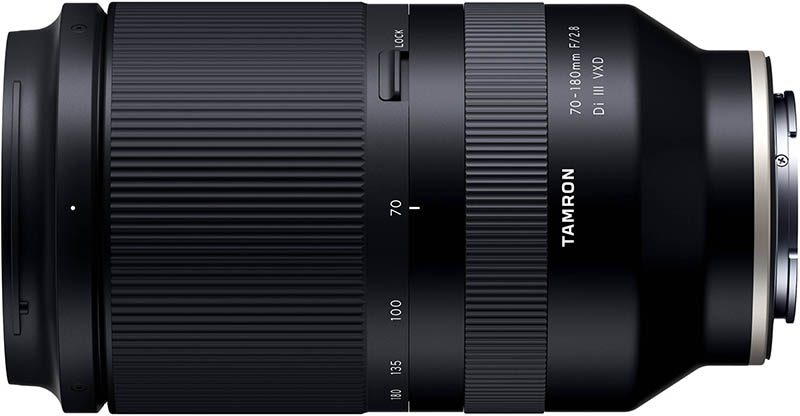
Table of Contents[Hide][Show]
Introduction
There is a consensus that a robust full frame lineup must include the “holy trinity” of F2.8 zooms: a wide angle (roughly 15-30mm), a normal (24-70mm) and a tele (70-200mm). Of course there are variations on this depending on the brand, but the general idea remains the same.
Regardless of the manufacturer, the tele component of the trinity is almost always exactly a 70-200mm. That’s true even when the lens offers an F4 aperture instead of F2.8.Historidally, there have been only a few exceptions to this, for instance 70-210mm or 60-250mm, but almost always at F4 instead of F2.8.
This is why Tamron’s take on this lens is so interesting. The company has offered a well-regarded 70-200mm F2.8 in the past (for DSLRs). For the E-mount, they went another way, by proposing a 70-180mm F2.8.
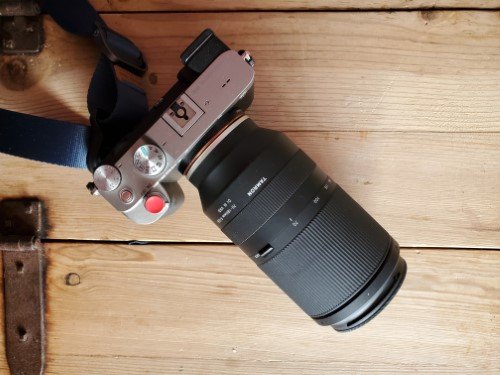
Shaving up those 20mm is clever: the difference in field of view is minimal (around 1 degree of horizontal FOV) but, coupled with the mirrorless mount’s shorter depth, it offers a significant reduction in size. The Tamron 70-180mm is 9% narrower, 23% shorter and a whopping 44% lighter than the company’s 70-200mm F2.8 made for DSLRs. While still a large lens, it is much easier to carry, and is light enough not to require a tripod foot on the lens itself.
The main drawback of the Tamron 70-180mm is that it is not an internal zoom design. On the other hand, it packs two linear motors (called VXD and arguably Tamron’s most advanced AF system to date), weather sealing, 9 rounded aperture blades, 1:2 magnification (using manual focus), advanced coatings, and more. The lens enjoys a favourable reputation among E-mount users, many choosing it over the Sony equivalents, especially considering the Sony FE 70-200mm f/2.8 GM OSS costs 2.1 times as much, and the new Sony FE 70-200mm f/2.8 GM OSS II costs 2.55 times more.
In this in-depth review, we will take a look at all the technical and artistic parameters which help to define a lens. Read on to find out everything there is to know about the Tamron 70-180mm f/2.8 Di III VXD!
Specifications
| Lens Name | Tamron 70-180mm f/2.8 Di III VXD (Model A056) |
| Optical formula | 19 elements in 14 groups |
| Image circle | Full frame |
| Field of view diagonal | FF: 34.2° – 13.4° APS-C: 23.3° – 9.2° |
| Aperture range | F2.8/F22 |
| Aperture blades | 9, curved |
| Aperture ring | No |
| Max magnification | 0.5X (with manual focus) |
| Minimum focus distance | 0.27m (wide) – 0.85m (tele) |
| Internal focus | Yes |
| Filter thread diameter | 67mm |
| Lens cap | Plastic, clip-on |
| Lens hood | Removable petal-shaped |
| Diameter x Length | 81 x 149 mm (3.2 x 5.9 in) |
| Weight | 810 g (28.6 oz) |
| Price (US MSRP) | $1099 |
Construction and Handling
In this section, we take a look at the physical characteristics of the Tamron 70-180mm.
Front Element

The front of the lens is devoid of markings. The glass takes up a large part of the total front surface. It bears fluorine coatings to repel water and grease.
The lens uses a large 67mm filter thread. This diameter is shared with most of the FE-mount Tamron lenses. It makes it easy to use a single set of filters for several lenses.

The lens cap is plastic, and a bit thick.
Lens Body
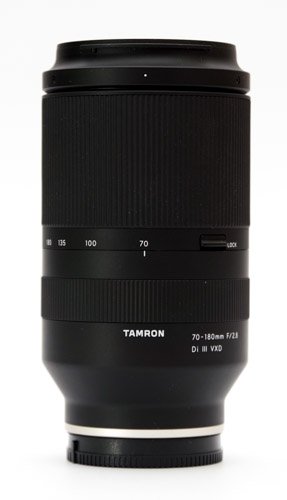
The Tamron 70-180mm has a simple body with a minimum of features and controls. It is also comparatively light weight. The body is made of polycarbonate and is sealed against water ingress.
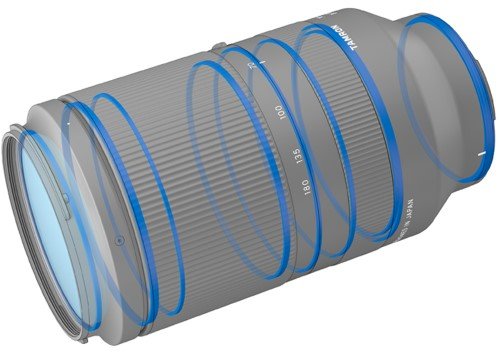
Despite the use of plastic, the 70-180mm doesn’t feel cheap or fragile. It is a substantial lens, finely assembled with tight tolerances.
The bottom of the body, near the camera mount, bears a silver ring. This nicely matches the dual-color of the Sony A7C. A discrete mark next to the silver ring helps to line up the lens for mounting. Above, the lens tapers out to a larger diameter. The main shaft of the lens has a constant diameter; it is essentially a cylinder.

Higher up are the only markings on the lens. At the center is the brand name, and to the right is the lens name. At the back are the certification markings and the “Designed in Japan” label. Next is the focus ring. As with other E-mount lenses, the 70-180mm uses focus by wire and, while it does offer manual focus override, this must be activated in a menu and cannot be used with continuous AF. There is no switch for manual focus on the lens.
The ring is ribbed and easy to find.
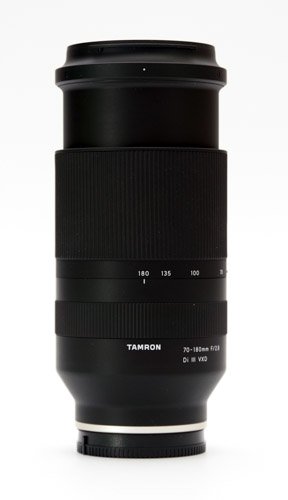
The lens extends moderately when focusing.
Higher up is the wide zoom ring. It has the same ribbed texture as the focus ring, and bears focal length markings. This ring can be locked in place via a switch to prevent zoom creep. During use, we observed no unintended movement of the zoom ring at any time. This lock is a bit superfluous.
The lens’ diameter diminishes back again towards the front.
There is no aperture ring and no switches apart from the zoom lock.
Aperture
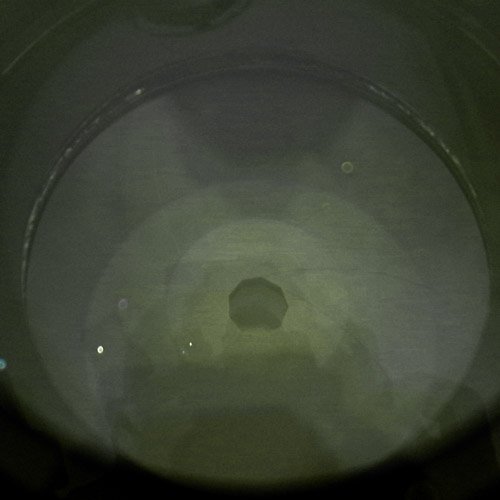
The Tamron 70-180mm uses 9 curved aperture blades. The company claims the aperture remains fully circular up to F5.6 (two stops from maximum). As shown, and similar to other lenses, the aperture does not remain circular at smaller apertures.
Lens Mount
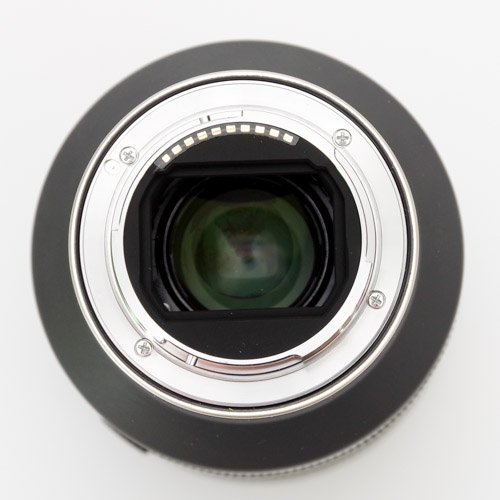
The lens mount is metal, and features a black o-ring to protect against water ingress. There is a rectangular cut-out on the back, to diminish stray reflections. To some extent, it serves a function akin to a lens hood.
Lens hood
The lens ships with a plastic lens hood. It is petal-shaped and, as usual, reverses for storage. It is a bit finnicky to mount reversed.
While reversed, the hood still extends a bit towards the front, which might explain in part why the lens cap is so thick! Users who want to swap for a thinner lens cap should be aware of this.
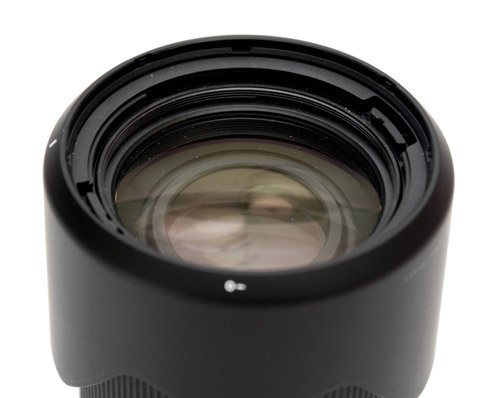
Mounted On Camera
The Tamron 70-180mm is a big lens, but still manages to handle well with the small Sony A7C. The design choices from Tamron make a lot of sense to strike a balance between size and portability. The lens is not overly front-heavy and balances nicely.
Side by side
Here is the Tamron 70-180mm next to the Tamron 20mm and Tamron 28-75mm F2.8. The telephoto lens is of course the largest, but doesn’t appear out of place.
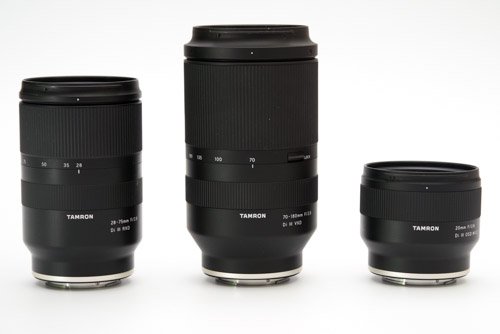
Focusing
We mentioned when testing the Tamron 28-75mm that its AF is a clear departure from Tamron’s trio of primes. The 70-180mm does even better. Using a dual VXD (Voice-coil eXtreme-torque Driver), it has been optimized for tracking for sports and wildlife and is reportedly the fastest AF system Tamron ever designed. The two motors send short electronic pulses to drive the AF module.
In use, it does feel more responsive than usual. Focusing feels lightning fast and is almost completely silent. The lens keeps up flawlessly with subject tracking using AF-C. It supports every focusing mode available on the A7C. Even when compared to other Sony lenses (generally well-regarded for AF speed) the Tamron is impressive.
There are no switches or dials on the lens, controls are all done via the camera, which makes using manual focus cumbersome at times. The focus ring is adequately dampened and shouldn’t move accidentally. It provides passable feedback to the user, adequate but nothing special. The precision of the focus adjustments will be dictated by the speed of rotation of the focus ring. Tamron did a good job even though focus-by-wire is not as direct as mechanical focusing.
One rather unique feature of the lens is its ability to focus significantly closer by switching to manual focus. With AF, the closest focus distance is 85cm and the largest magnification will be obtained at 180mm. By switching to MF, the lens allows a close focus distance of 27cm at the short end. This increases the magnification from 1:4.6 to 1:2, a significant improvement.
This expanded magnification can come in handy, but it is not without cost: while center sharpness remains excellent, edge and corner resolution drops to unusable levels. In other words, this feature can be useful in a pinch to capture the details of a subject, but the 70-180mm is not a true 1:2 macro lens. The company specifically mentions this in their documentation, it shouldn’t come as a surprise. The images below illustrate what to expect.

We observed no occurrences of hunting during our tests.
AF Speed
AF speed was tested with the A7C. The subject was a black cross on a white background, about 1.5 meters in front of the camera. We used the central focus point. Three measurements were averaged for each data point.
For reference, 5 EV corresponds roughly to a small room lit with a 60 W bulb, and a sunny day corresponds to 16 EV, and a moonlit night to -2 EV.
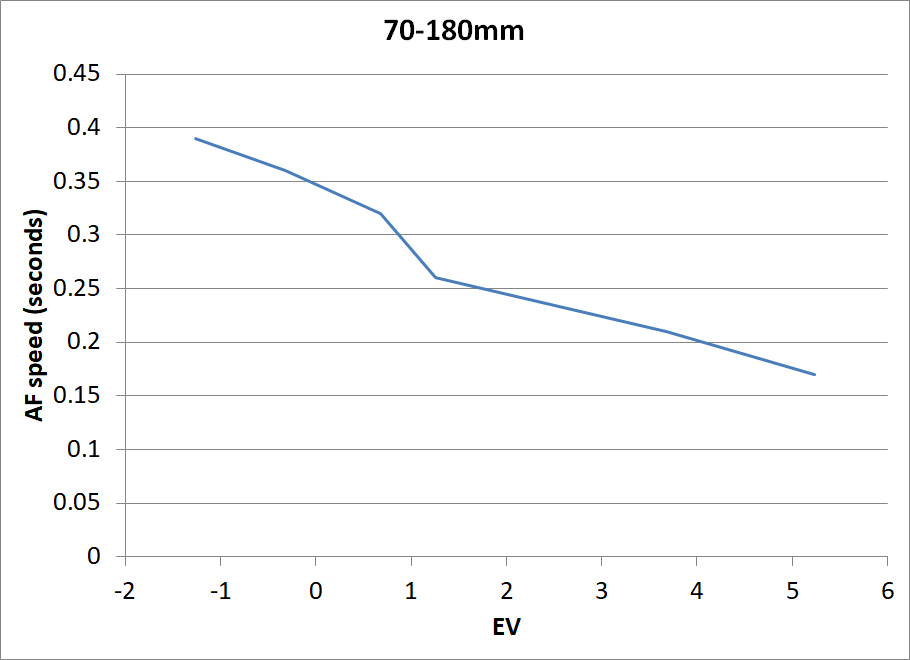
The Tamron 70-180mm delivers blazing fast AF. Even in very low light, focusing remains reliable and accurate, while still locking faster than a half second. In even slightly better conditions, the lens takes less than a quarter of a second to lock focus. Below that, measurements become hard to make; focus is essentially instantaneous.
What’s more, the lens and camera combo are a robust pair not easily fooled by tricky scenes.

In summary, the Tamron 70-180mm is a fine tool for static AF, delivering very fast and highly accurate AF.
AF Tracking
AF tracking, or continuous AF, is a hallmark of Sony cameras. As such, it is important to evaluate whether or not the Tamron 70-180mm can keep up with fast movements of the subject.
In our experience, the lens performs expertly in this regard. It is able to keep track of subjects with ease. It is one of the best examples we have seen. Regardless of the complexity of the scene and the initial speed or movement of the subject, the lens locks immediately and holds focus.
The following animation shows a series of 19 images, and involves movement towards the photographer, followed by a rotation and movement of the subject within the frame. The 19 images remained well focused. Moreover, the AF was initiated after the subject started moving.

This second series of 29 images shows movement away from the camera, in dim light. Again, all images are in sharp focus despite the subject’s speed changing.
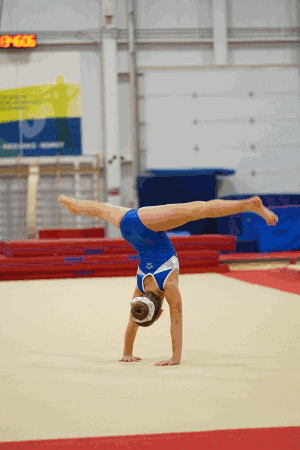
General Image Quality
Before diving into the technical aspects of this review, let’s have a look at the more subjective elements which can make or break an image.
Field of View
The 70-200mm range is extremely common in photography. In fact, one of the first computer-designed lens in the world (some say the first) was the Vivitar series 1 70-210mm F3.5 released in 1975. This range of focal lengths remains popular to this day. Considered the workhorse of the professional photographer, the 70-200mm has been called the “ultimate people lens” (on Full Frame). From portraits to sports and events, this range gives a lot of flexibility. It can also be used, in a pinch, for many other applications, for instance landscapes details, close-ups and many others.
The Tamron sacrifices 20mm at the tele end, but still holds true to this analysis.

In use, the Tamron 70-180mm’s design choices, and their benefits, are obvious. While still large than average, the lens remains easily manageable. Holding the camera and lens in one hand does not become a burden, even after a few hours. Just like with its 28-75mm, Tamron managed to produce a lens both lighter and more compact than its competitors.
The 70-180mm does very well for portraits, with pleasant skin rendering and good subject isolation.
Color and Contrast
Just like other Tamron lenses, the 70-180mm produces rich colors, well saturated without going overboard.

Starbursts
Starbursts are nothing special. The are present at F11 and F16, but not particularly beautiful. At wider apertures, they are nearly absent. This is not a perk of the Tamron 70-180mm.
Metering and Exposure
During our tests, exposure was generally consistent and reliable. The lens and camera combo tend to underexpose slightly in difficult situations, like with subjects on snow fields.
Sharpness
Sharpness, or a lens’s ability to resolve small details, is far from the only important characteristic of a lens, but it is probably the one which many users look at first. Soft images distract the viewer and the sharpest point in an image draws the eye.
There are several ways to measure resolution. Some are quantitative, such as the number of lines per millimeter that can be resolved, while others are comparative, such as using a standardized scene to pit lenses against one another. We will use the latter, and supplement it with real-life examples below.
To evaluate sharpness, we use a standard test chart that can be used to compare lenses to one another. We place the camera and lenses at a distance of 100x the focal length, so that the chart occupies the same area on all test images. This results in distances of 7-18 m in the present case. The chart is positioned successively in the center, on the edge and corner off the frame, testing all apertures each time. Focus is repeated for each position to avoid field curvature contributions.
This test will not show how good a lens can be. Quite the contrary, it is a stress test to illustrate the limits of a lens’s capabilities.
Resolution is of course sensor-relevant. For this test we use the A7C camera’s 24 MP sensor.
Test results at 70mm
The following images illustrate the results at all apertures at 70mm.

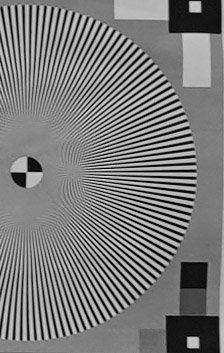
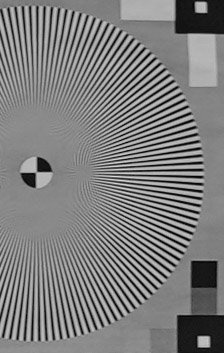
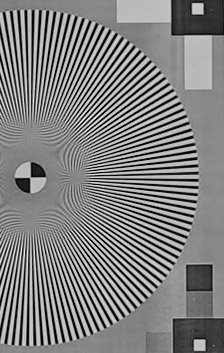
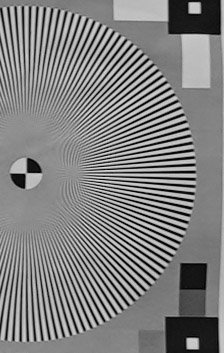
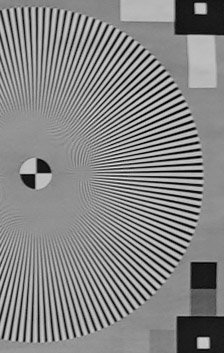
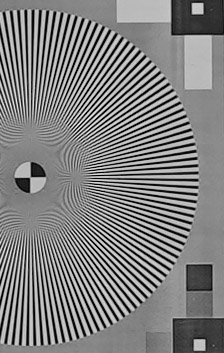



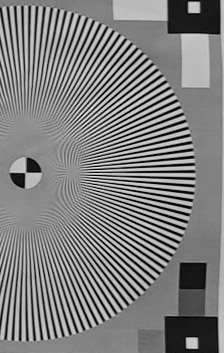
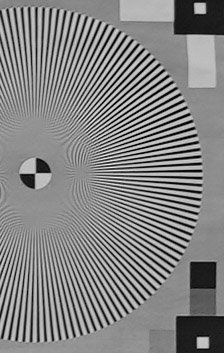

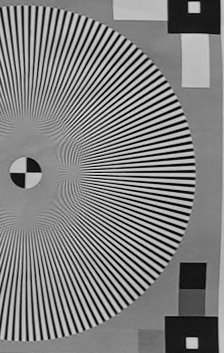
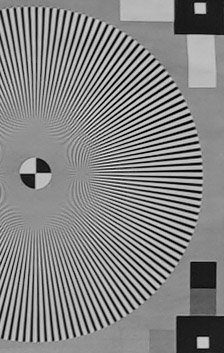
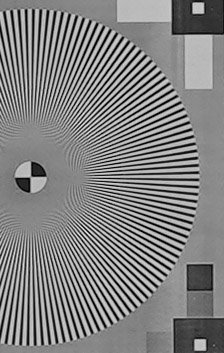

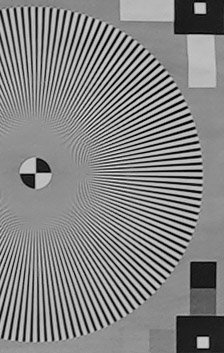
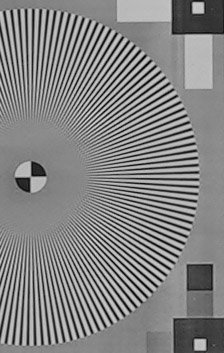
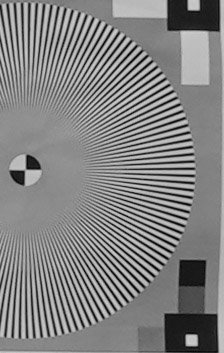
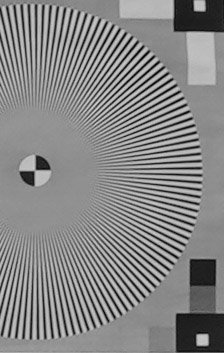
Tamron has generally delivered excellent sharpness with their E-mount lenses and the 70-180mm is no different at 70mm. In the center, at all apertures, the lens produces excellent resolution. Even wide open the lens is close to its peak capabilities. Results improve slightly until F8 but anything between F2.8-F11 will be comparable and extremely sharp. F16 remains very good, and F22 is usable, if softer.
Edges are almost as good as the center, except at F22. This is quite impressive.
Corners are slightly softer, but not by much. Between F5.6 and F11, uniformity is excellent. Corners do not disappoint even at F2.8 and F4; even though the difference with the center is present, it is not major.
These results are better than expected. Telephoto lenses often sacrifice corner sharpness, given the likelihood to have the subject in the center, but the Tamron 70-180mm offers impressive results across the whole frame at 70mm.
Test results at 135mm
The following images illustrate the results at all apertures at 135mm.
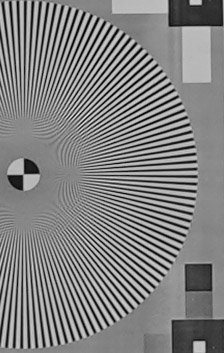

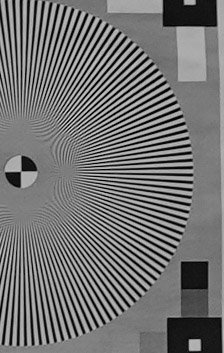
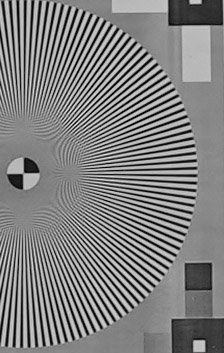

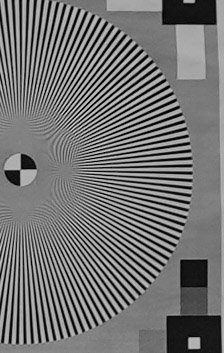

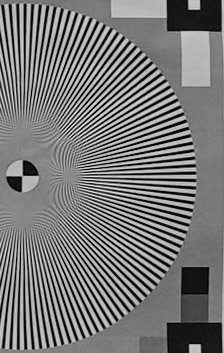
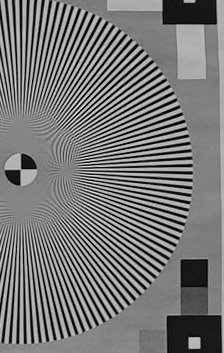
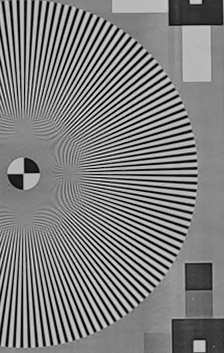
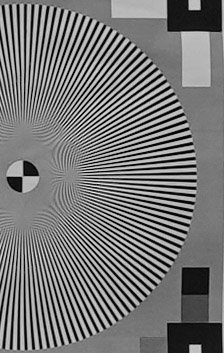
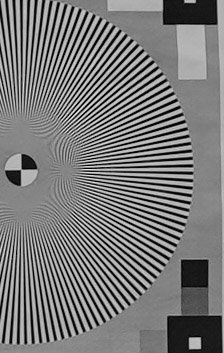

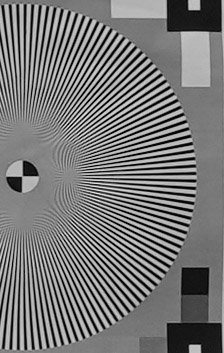
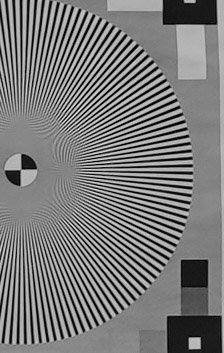
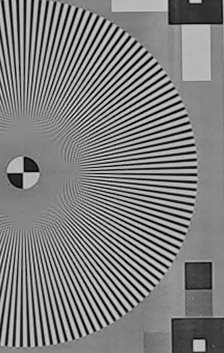
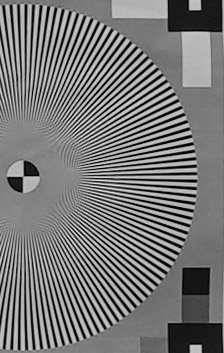
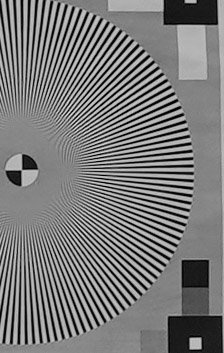
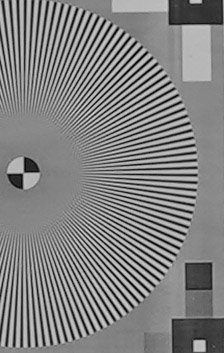
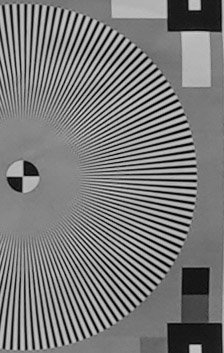
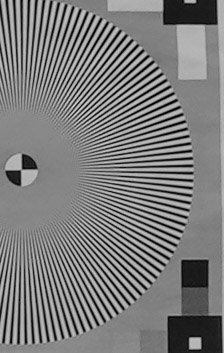
At 135mm, the Tamron 70-180mm delivers results at the resolution limit of our test camera. Quite simply, the whole frame is uniformly sharp from F2.8 to F16. F22 shows a decrease in resolution, but remains in good territory.
Test results at 180mm
The following images illustrate the results at all apertures at 180mm.
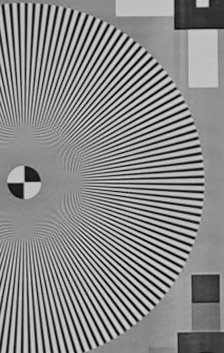
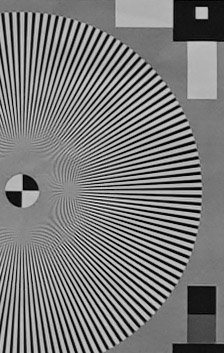
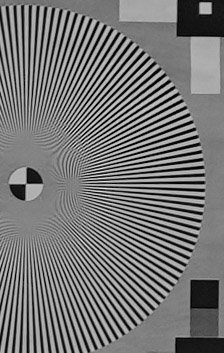
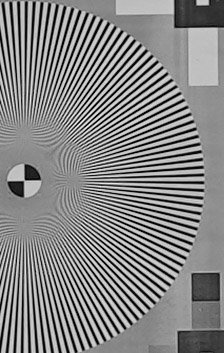
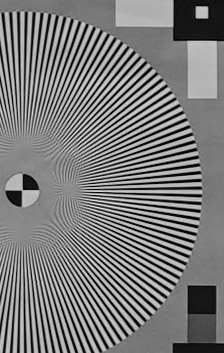

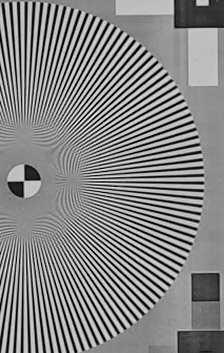
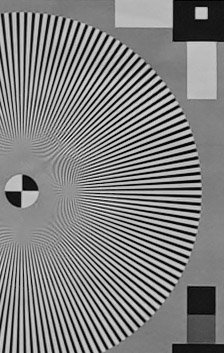
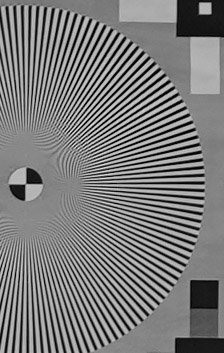

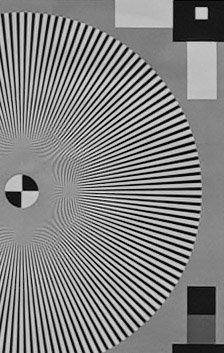
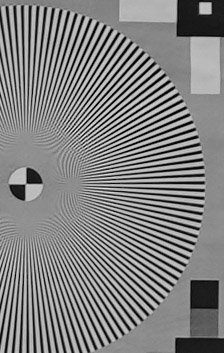

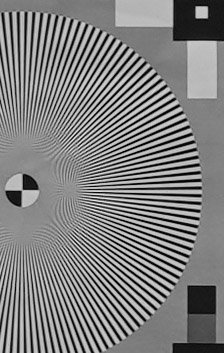
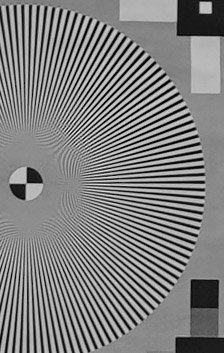


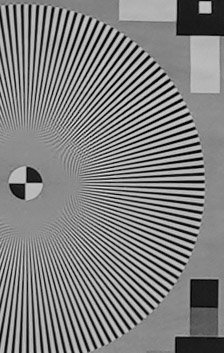


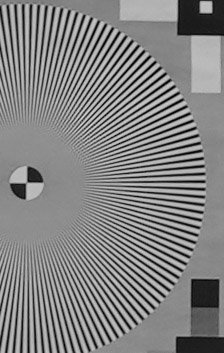
The observations we made at 135mm apply also here: Tamron 70-180mm produces top-of-the-line sharpness and uniformity at 180mm. The corners are slightly softer, but the differences are small enough that they will not impact real life shooting; they are only visible in our studio tests. F22 is visibly softer, but all other apertures deliver excellent results.
Summary
The Tamron 70-180mm produces excellent results at all apertures. At 70mm, corners are not quite as sharp as the rest, but this is the only flaw we can spot in what is nearly a perfect score for sharpness.
Vignetting
Vignetting, or the darkening of corners at wider apertures, is both a defect and a feature, as it can be used creatively to put emphasis on subjects closer to the center, create a mood or a vintage look. It can also be corrected automatically by modern cameras so is less of a problem than in the past. That is only true for lenses with electronic contacts, including the Tamron 70-180mm.
The following chart illustrates the vignetting of the lens for full frame when left uncorrected.
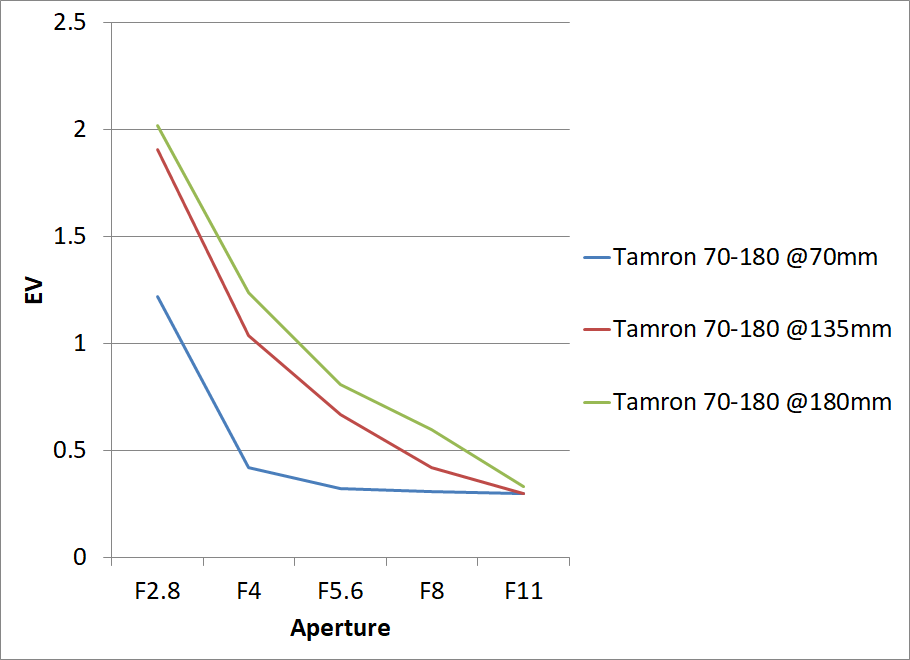
Wide open, regardless of the aperture, vignetting is important when left uncorrected. 70mm produces the least vignetting; at 135mm and 180mm the effect reaches around 2 stops, something which will be easy to notice.
At 70mm, vignetting drops quickly to unnoticeable levels, and stabilizes at around 0.3 EV at F5.6. At longer focal lengths, the decrease is more gradual until F11. Below F5.6, it will be harder to notice in field conditions.
We recommend activating automatic vignetting corrections with this lens, unless the effect is used creatively. It is clear that this is one area where the designers made compromises.
The images below show the lens’s vignetting at varying apertures.















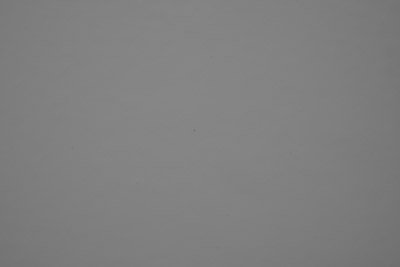


Bokeh
Bokeh is a Japanese term describing the quality of the background blur. It does not relate to the depth of field but to the areas in the image that are beyond the range that is expected to be in focus.
Bokeh is highly subjective. In general, a smooth bokeh with blurred shapes and contours is generally perceived as being of a higher quality. A shallow depth of field does not always equate a more pleasing bokeh.
To evaluate the characteristics of the background blur, we took pictures at varying apertures, using a scene with a lot of detail and bright highlights. The following images show the results.
The Tamron 70-180mm delivers pleasing out-of-focus rendering, particularly around highlights which are nicely rounded and smooth. Even at smaller apertures, textures are nicely blurred and bokeh is pleasing.
The images below are further examples of the lens’ rendering.
Transitions are generally smooth, cat’s eye effect is minimal and highlights do not overcome the scene. However, in some situations the bokeh can get busy, as is illustrated by the image below.
However, in some situations the bokeh can get busy, as is illustrated by the full size and crop below.

Flare and Ghosting
Flare is a decrease in contrast caused by reflections on internal lens elements. Ghosting is the appearance of orb-shaped artifacts in an image containing a light source, caused by the same internal reflections. High-quality coatings reduce the importance of flare and ghosting in an image.
We test flare and ghosting by taking pictures of a bright light source positioned at the center and on an edge of the frame, at varying apertures. We took a look at both extremes of the range.
Test results at 70mm
At 70mm, the Tamron 70-180mm does not particularly impress regarding flare and ghosting. In the center, at F2.8 there is presence of flare, joined by ghosts at smaller apertures. On the edges, ghosting is present at all apertures, with the ghosts becoming better defined, but more numerous, as the aperture closes.
Test results at 135mm
At 135mm, flare is better controlled. It is still present but not nearly as dramatic as at 70mm. Particularly in the center, ghosting is less visible.
Test results at 180mm
At 180mm, the lens delivers excellent results. There is almost no flare at any aperture, and ghosting is minimal. There is almost no ghosting with the light in the center, and only a few orbs when illuminated from the corner.
Chromatic aberration
Chromatic aberration (CA) occurs because different colours do not always have the same focal point. With modern lenses designs, which are better corrected than vintage designs, this is more likely to occur in out-of-focus areas. CA effects are more visible near fast transitions from bright to dark areas.
Most modern cameras have built-in tools to remove CA. Digital manipulations can have an impact on other aspects of an image, thus it is useful to know how a lens performs when those automatic corrections are disabled.
Our test sets up the camera at 45° and focuses on the center of the frame, with targets at the center, top and bottom. Images are captured at varying apertures at 70mm.

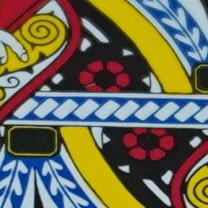




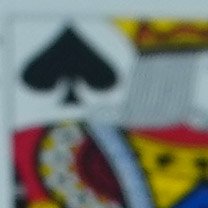

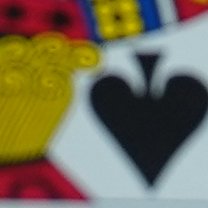


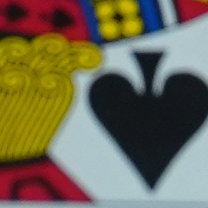


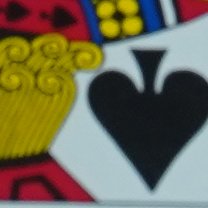


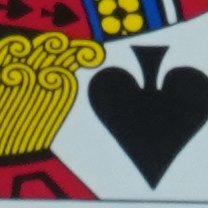
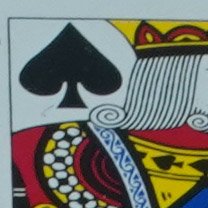


There is no evidence of CA whatsoever in any of these images. The Tamron 70-180mm has no trouble at all with CA.
Purple fringing
There were no occurrences of purple fringing in our tests with the Tamron 70-180mm.
Distortion
Distortion refers to a lens’s ability to represent straight lines as straight lines… Wide angle lenses frequently generate barrel distortion, while longer focal lengths are more likely to cause pincushion distortion.
The Tamron 70-180mm covers a roughly 3x focal and reaches a wide aperture. As such, we expect some distortion, particularly at the wider end.
We use a standard test pattern of straight lines and test at varying focal lengths.
The images below show the uncorrected and corrected distortion figures at various focal lengths.
70mm
135mm
180mm
The Tamron 70-180mm shows almost no distortion at 70mm, but strong pincushion at medium, to long focal lengths. We measured 0.07% of barrel distortion at 70mm, 1.5% of pincushion distortion at 135mm and 1.9% of pincushion at 180mm.
These results mean that built-in corrections should be used whenever possible.
Sample images
Here is a gallery of samples images captured with the Tamron 70-180mm. You can click on individual images for a larger view.

A7C, 70mm, F7.1 1/640s, ISO 800 
A7C, 180mm, F3.2 1/250s, ISO 1600 
A7C, 113mm, F2.8 1/125s, ISO 2000 
A7C, 180mm, F2.8 1/160s, ISO 2000 
A7C, 180mm, F3.5 1/800s, ISO 200 
A7C, 141mm, F2.8 1/500s, ISO 1600 
A7C, 70mm, F4 1/4000s, ISO 200 
A7C, 70mm, F3.5 1/2500s, ISO 200 
A7C, 70mm, F3.5 1/2000s, ISO 200 
A7C, 70mm, F3.5 1/2500s, ISO 200 
A7C, 180mm, F3.2 1/1600s, ISO 200 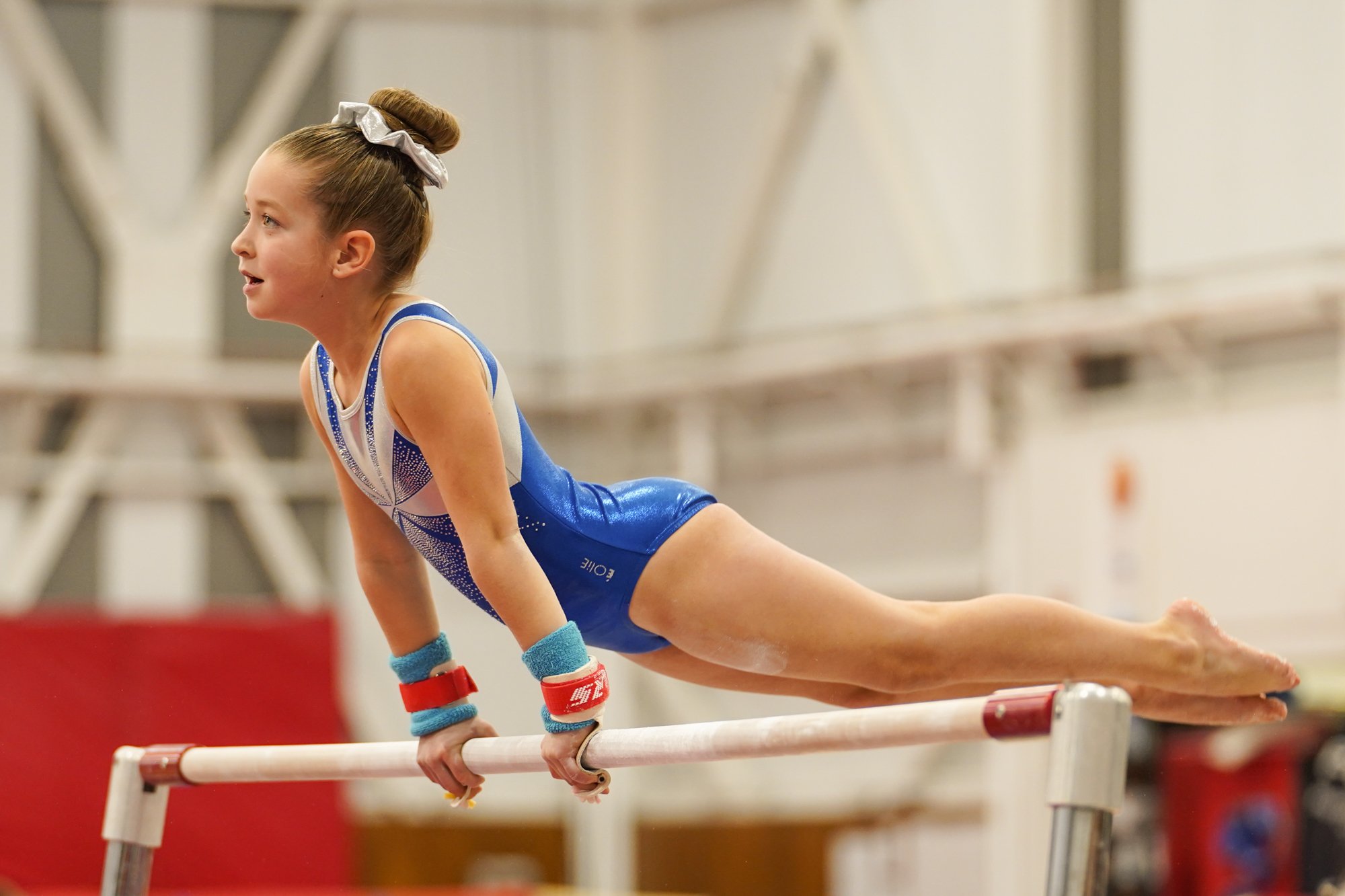
A7C, 138mm, F2.8 1/250s, ISO 1600 
A7C, 180mm, F3.5 1/800s, ISO 200 
A7C, 180mm, F3.5 1/640s, ISO 200 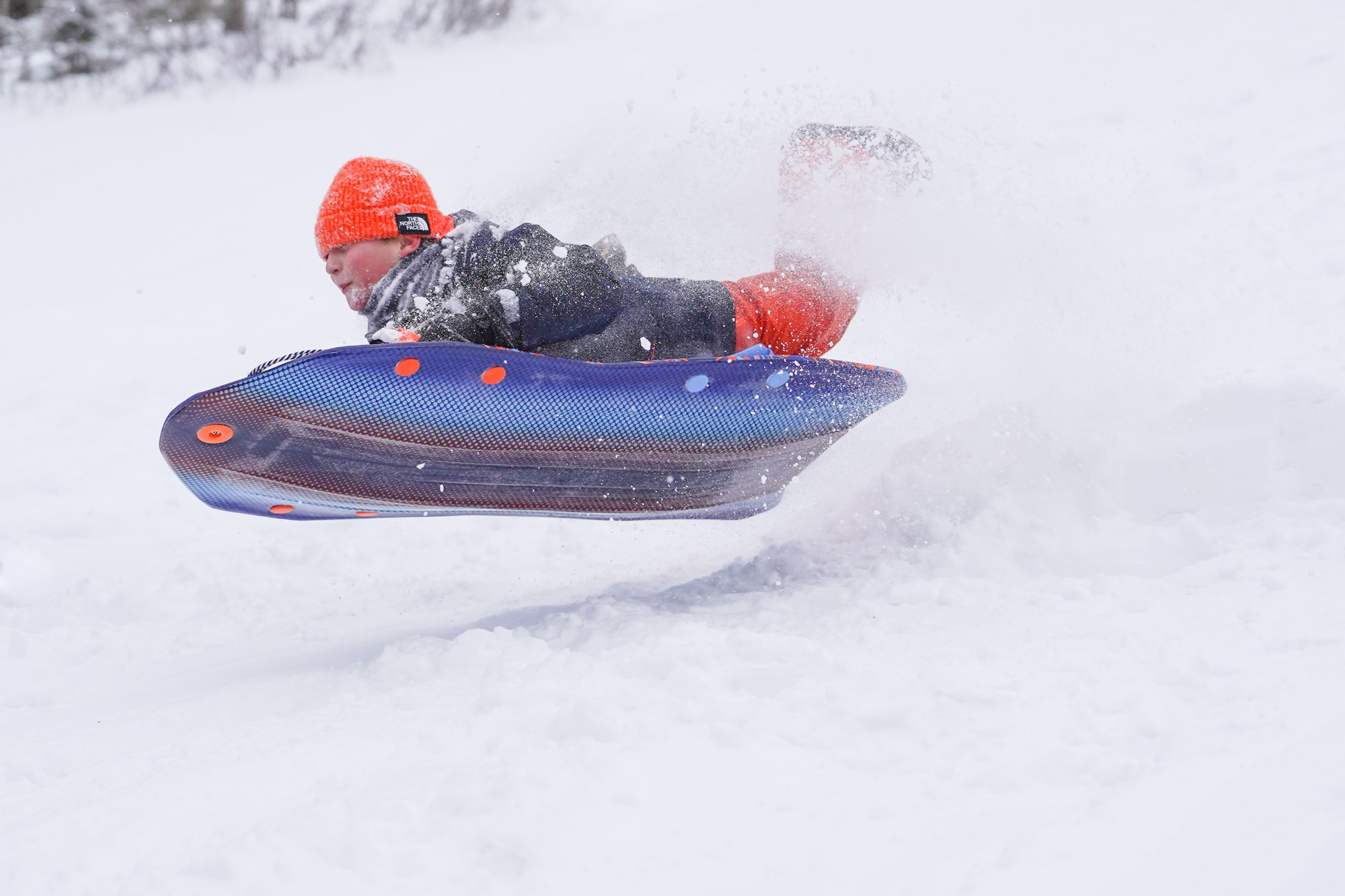
A7C, 70mm, F3.5 1/2000s, ISO 200 
A7C, 180mm, F4 1/1000s, ISO 200 
A7C, 180mm, F2.8 1/320s, ISO 1600 
A7C, 88mm, F4 1/640s, ISO 200 
A7C, 70mm, F4.5 1/800s, ISO 800 
A7C, 180mm, F5.6 1/2000s, ISO 800 
A7C, 180mm, F4 1/2000s, ISO 800 
A7C, 98mm, F4 1/4000s, ISO 800 
A7C, 70mm, F5.6 1/320s, ISO 800 
A7C, 70mm, F3.5 1/4000s, ISO 800 
A7C, 70mm, F7.1 1/1600s, ISO 800 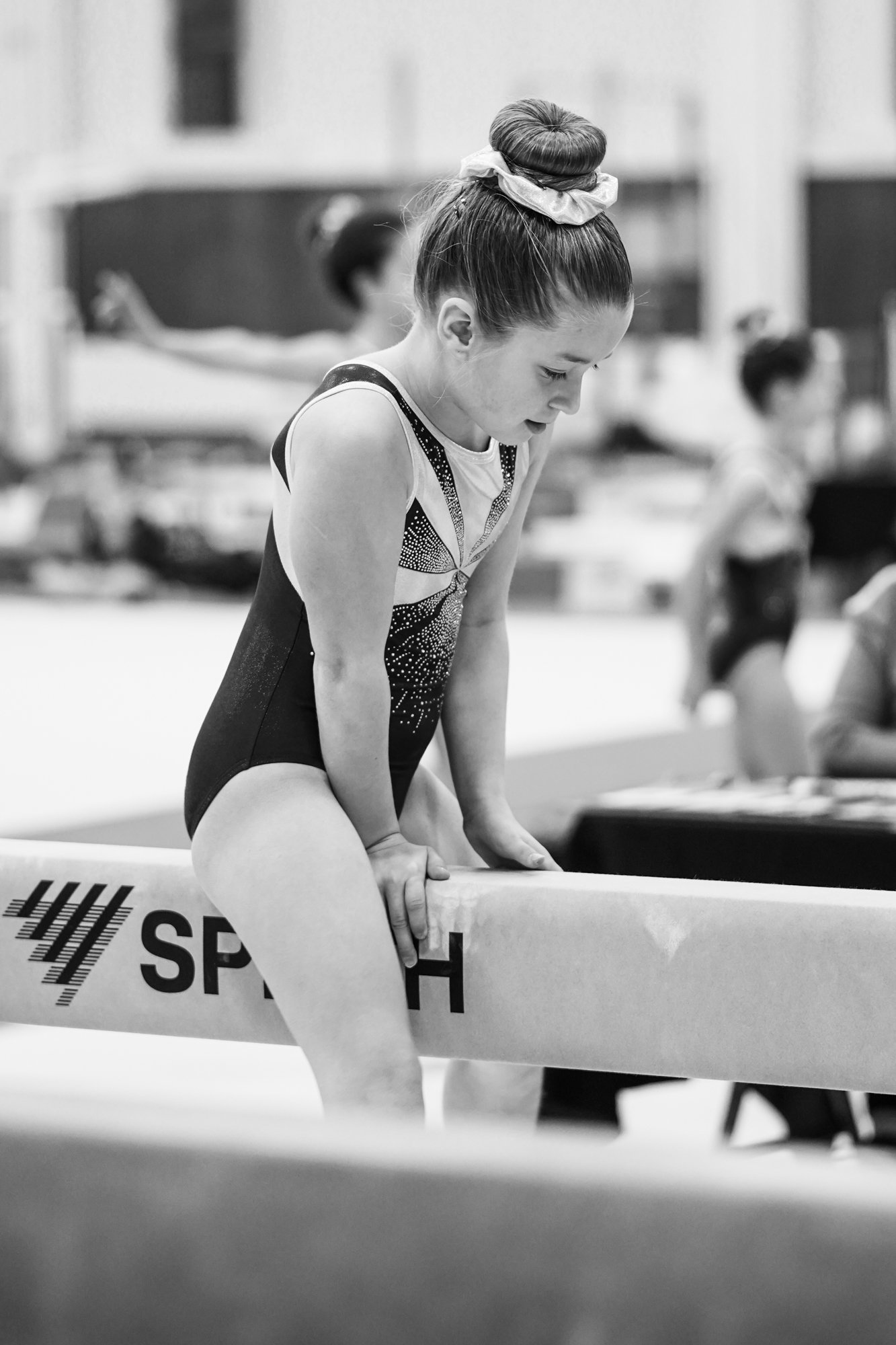
A7C, 105mm, F2.8 1/320s, ISO 1600 
A7C, 70mm, F7.1 1/640s, ISO 800
Conclusion
When looking at specs, the Tamron 70-180mm F2.8 is the textbook definition of a no-brainer. More than two times cheaper than the comparable option from Sony, while being smaller and lighter, at the cost of 20mm at the tele end.
It is hard to overstate the benefits of the lower weight when compared to 70-200mm equivalents. The Tamron 70-180mm can easily be used handheld for long periods of time, and its relatively compact size makes it easier to carry in a small camera bag.
All of this amounts to nothing if the lens cannot deliver good optical performances, however. Luckily, and just like its 28-75mm sibling, the Tamron 70-180mm did not let us down.
Build quality is good. The 70-180mm offers basic features, with no controls or switches apart from a zoom lock. It is still well assembled, very light, and is even weather resistant. The plastic outer shell is the same as the one used on the company’s other E-mount lenses. Without being anything special, the lens feels better made than the Tamron 28-75mm.
Optical performances are in some cases impressive. In particular, overall sharpness is a strong aspect, even wide open. Uniformity is astounding in all situations, with a small visible decrease at 70mm in the corners. This level of sharpness is beyond excellent, especially for a tele zoom.
Distortion is absent at 70mm, but noticeable at longer focal lengths, oscillating between 1.2% and 1.9%.
Chromatic aberration is entirely absent, as is purple fringing.
Bokeh and out-of-focus rendering are generally pleasing. Highlights are well-shaped and the transitions are smooth. The background can get busy in some occurrences, but in general terms the lens does well.
Flare and ghosting are average, no more, except at 180mm. Any shorter focal length will exhibit medium to strong ghosting regardless of the position of the light source.
Starbursts are nothing special: rays appear only at smaller apertures and tend to diverge instead of tapering.
Vignetting is kept well under control. Easy to correct in post-processing, it will truly be noticeable only at wider apertures.
Focusing is certainly a strong point : the lens can compete with the best, both for tracking and for pure AF speed. This is among the fastest lenses we have tested, and one of the most reliable for tracking.
In summary, we can write about this lens almost exactly what we had written about other E-mount Tamron lenses. This 70-180mm is not without flaws, and involves some compromises when compared to Sony’s GM alternatives. However, it is smaller, lighter, much less expensive, while still delivering very good optical performances and managing to offer a constant F2.8 maximum aperture, weather sealing and fast AF.
In the case of this 70-180mm F2.8, those compromises essentially revolve around the focal range and lack of controls on the lens barrel. Optically, the lens has few flaws and a lot of perks.
The Tamron 70-180mm F2.8 is the last element of the company’s “holy trinity”. Tamron’s approach, instead of going all-in with features such as built-in image stabilization or external controls, designed a line-up of “reasonable” lens, still offering excellent optical capabilities with a no-nonsense feature set and a moderate price tag. Not everyone can afford several $2000 lenses; for all of those, Tamron proposes reliable alternatives, with compromises many users will be happy to deal with.
Pros
- Light, comparatively compact and weather resistant
- Smaller filter size than the competition, consistent with Tamron’s other lenses
- Excellent sharpness and uniformity at all apertures and focal lengths
- No CA or PF
- Particularly good for portraits
- Useful close focusing capabilities at the wide end (with caveats)
- Reliable and fast AF tracking, extremely fast static AF
- Low price when compared with other F2.8 options
- Capable of close focusing (with caveats)
Cons
- No AF/MF switch, relies on camera menu
- Significant flare and ghosting except at 180mm
- No internal zooming
- Some distortion at longer focal lengths
Before You Go
Do you already own this lens? Are you curious about it? If you do, we’d love to hear your thoughts in the comments below.

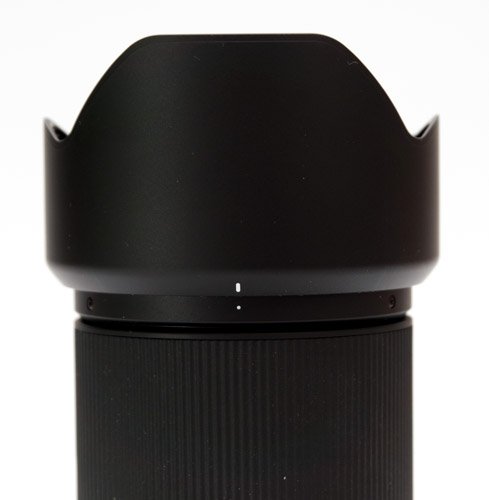

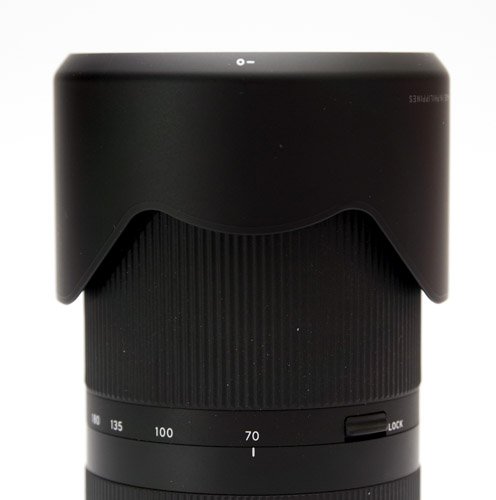
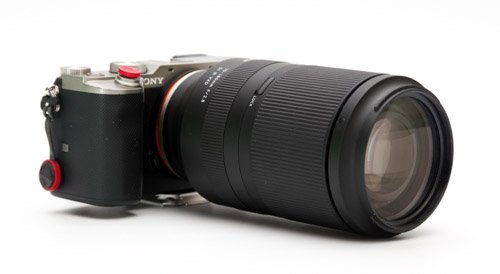
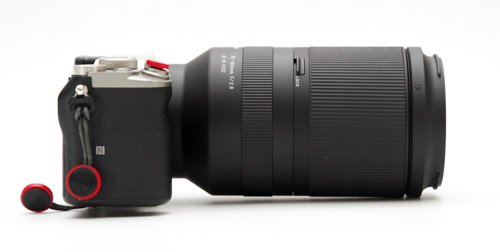













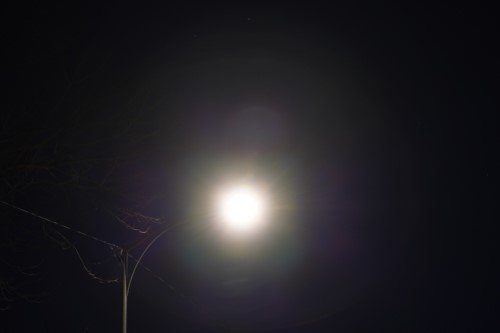
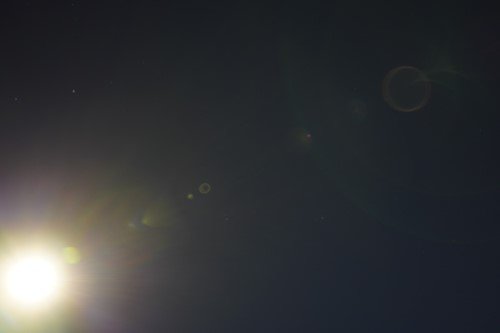

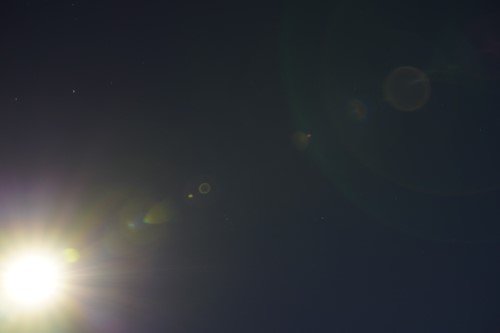
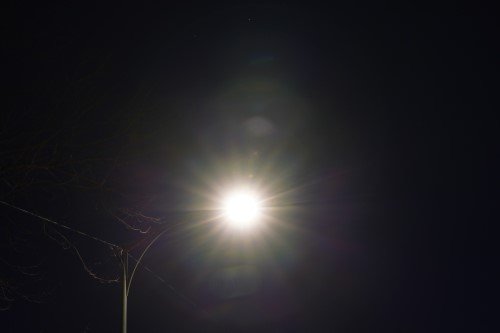

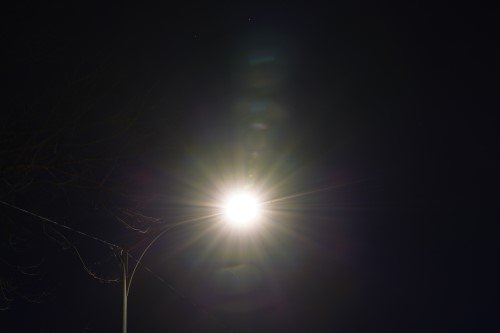


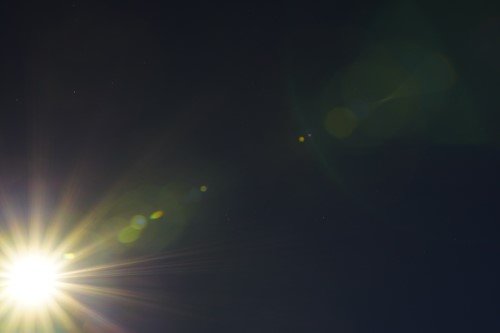
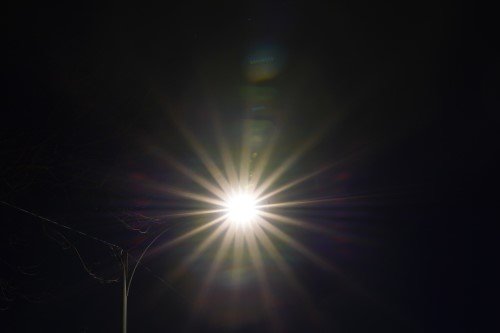
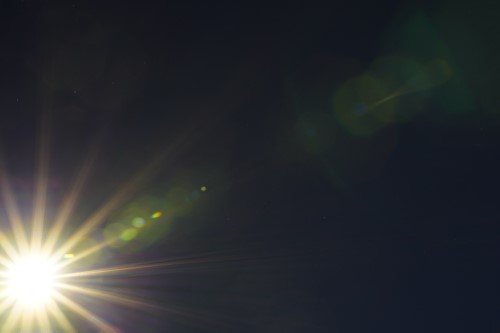
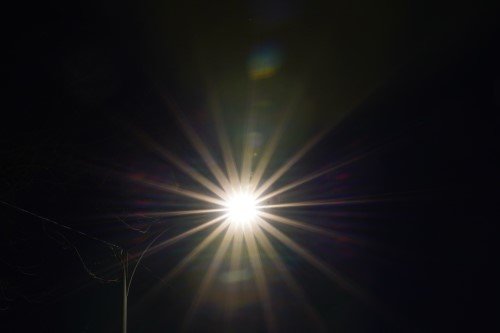
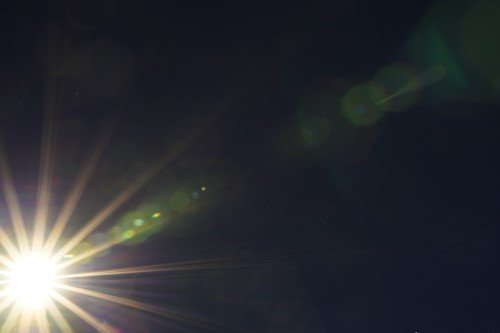


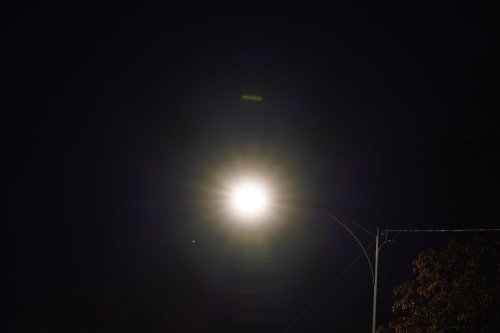

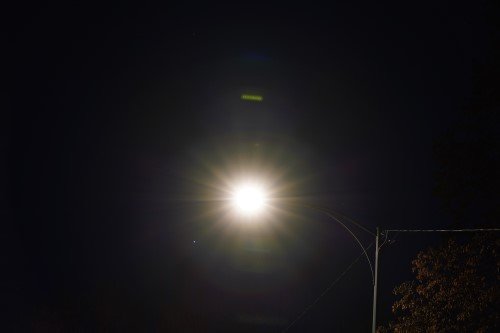
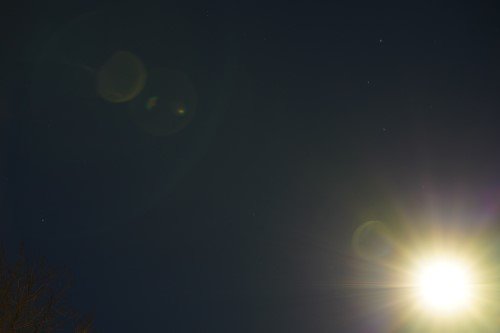
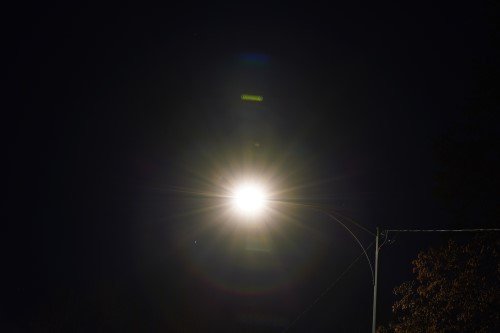


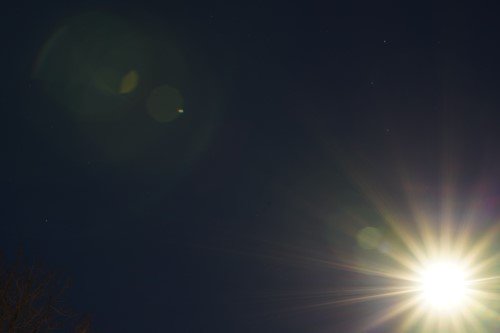
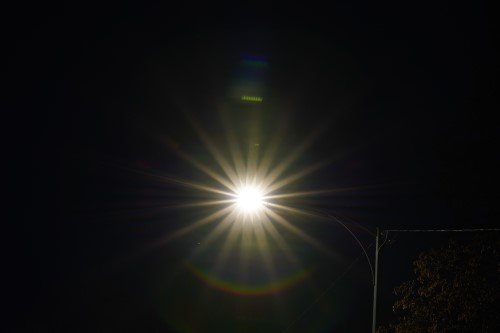
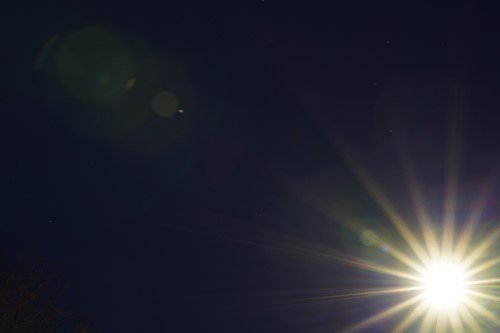


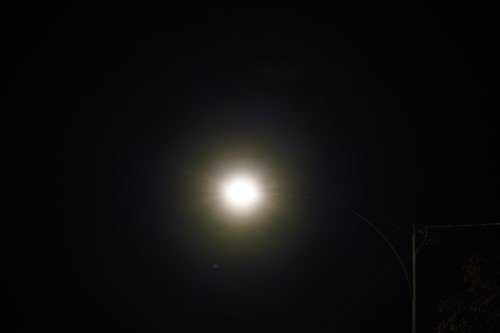

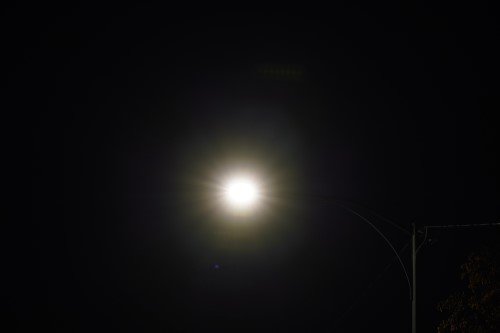
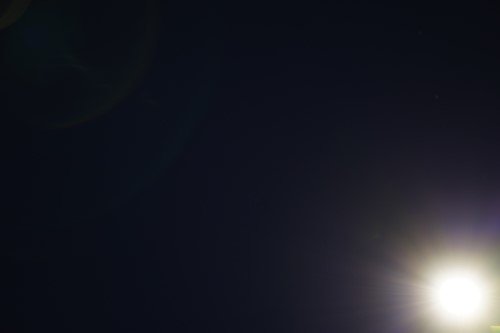
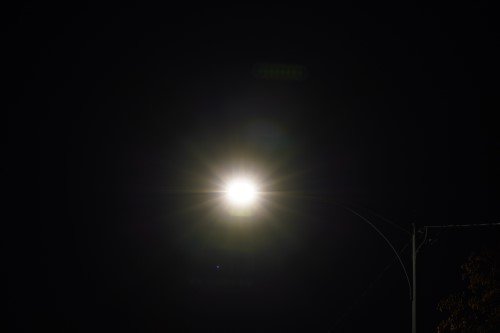


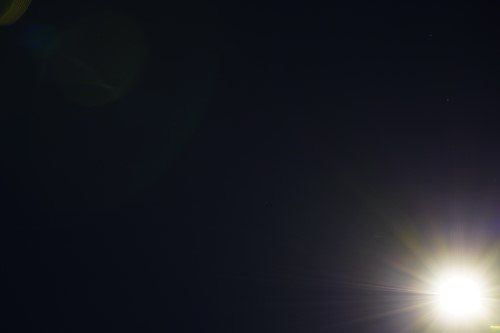


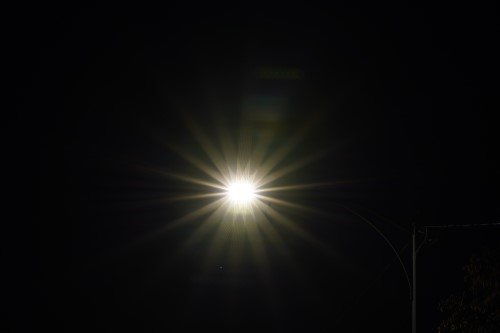
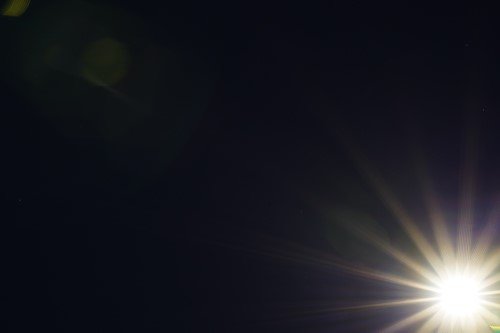
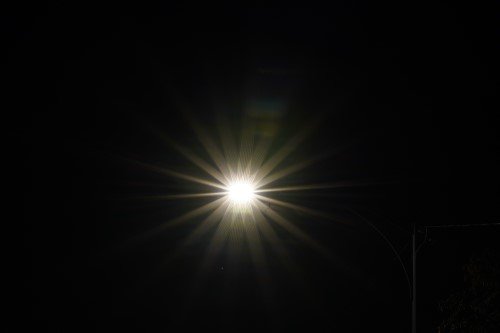



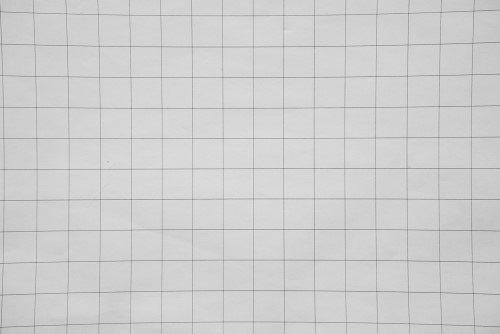
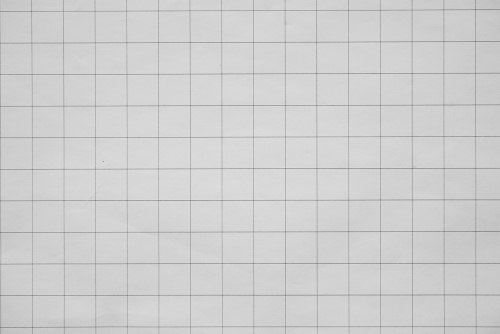
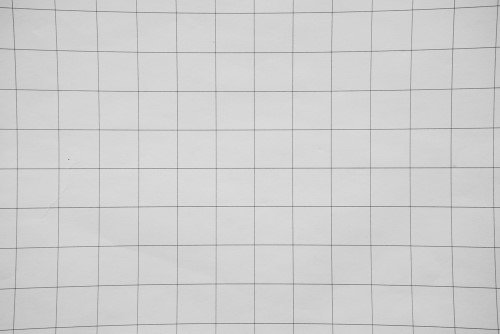
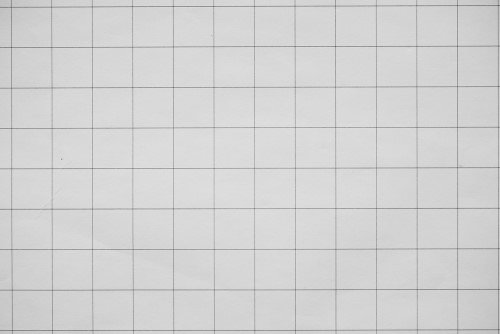

I changed to mirrorless from a canon 5d mk iv as I wanted a lighter and smaller camera. Initially I bought the Sony 70-200 f2.8 gm as it’s a lens I use an awful lot but soon discovered that the size and weight meant I was not really any better off and I found it made my a7r iv feel lens heavy. So I decided to try the tamron 70-180 f2.8. Since then I have taken some 3000 pictures with it and find it is rarely off my camera. The reduction in size and weight means it feels perfectly balanced on the a7r iv and the performance has to my mind been outstanding, used for weddings, and dogs in action. The build quality whilst not gm standard is very good and it feels nice in the hand, solid and a nice feel to the zoom and focus rings. I don’t miss the extra buttons and switches at all, having a button programmed to af/mf on my body is all I really need. The in camera ibis copes very well and I have not missed lens stabilisation. The af is quiet, very fast and accurate, the iq is to my eyes excellent easily resolving the 60mp of the a7r iv. I do miss the extra 20mm on the long end but a little cropping sorts that and the weight advantage makes up for it.
Would I like to try the second generation Sony. Yes I would, but then I paid £939.00 for the tamron and the Sony is currently £2599.00 so being realistic I will stick with the tamron thank you.
Thanks for your very helpful comment Brian. I own the Tamron 70-180 myself and it is a cracking lens for the price and as you know a lot lighter and more comfortable to travel with and shoot with than the Sony 70-200 F2.8 GM. Although the new MkII has lost quite a bit of weight!
Must admit that the Sony 70-200 f2.8 ii has me very tempted as the reduction in weight combined with the much faster af and of course that extra 20mm even though it is only in reality 10% longer does have me very tempted as for my usage it might just be worth the extra outlay
Brian, I’m not sure the Sony lens has “much faster AF”. I haven’t tested it myself, but testing the Tamron, it’s hard to imagine how a lens could be “much” faster. A bit faster, yes, but there isn’t a lot of place for improvement. That’s not to say the Sony can’t improve in some areas, of course.